- Follow Us
Scientific Publications
High-profile publications featuring CDI Labs next-gen proteomics technologies and services
354 Total Publications
Refine Your Search
Publication Details
- Date
- Link
- + Abstract
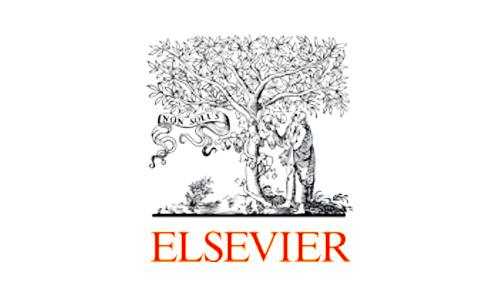
Elsevier - Phytomedicine
- Main Product: HuProt
- Ponicidin promotes ferroptosis to enhance treatment sensitivity in Lenvatinib-resistant hepatocellular carcinoma cells through regulation of KEAP1/NRF2
- Lisha Zhang, Hao Wang, Beibei Liang, Lijuan Qin, Mingzhu Zhang, Xingxian Lv, Shi Hu, Xiaoyu Fan, Wei Xie, Hao Yang, Gang...
- Shanghai Key Laboratory of Molecular Imaging, Jiading District Central Hospital Affiliated Shanghai University of Medicine and Health Sciences
This study explores the therapeutic potential of Ponicidin on Lenvatinib-resistant hepatocellular carcinoma (HCC), elucidates its mechanism in reversing Lenvatinib resistance, and provides experimental evidence for its clinical application in overcoming this resistance.

Gut - BMJ
- Main Product: HuProt
- Gut microbial-derived N-acetylmuramic acid alleviates colorectal cancer via the AKT1 pathway
- Mengyao Hu, Yi Xu, Yuqing Wang, Zhenhe Huang, Lei Wang, Fanan Zeng, Bowen Qiu, Zefeng Liu, Peibo Yuan, Yu Wan, Shuang...
- Microbiome Medicine Center, Dept of Laboratory Medicine, Southern Medical University, Guangzhou
Gut microbial metabolites are recognised as critical effector molecules that influence the development of colorectal cancer (CRC). Peptidoglycan fragments (PGFs) produced by microbiota play a crucial role in maintaining intestinal homeostasis, but their role in CRC remains unclear.

Protein Arrays
- Main Product: HuProt
- Cytokine Antibody Microarray-Based Proteomic Strategies for Characterizing the Dysregulation of Cytokines Disease-Specific
- Rodrigo Barderas, Pablo San Segundo-Acosta & Ana Montero-Calle
- Functional Proteomics Unit, Chronic Disease Programme (UFIEC), Instituto de Salud Carlos III
The understanding of disease mechanisms and the search for potential therapeutic targets have driven the focus of proteomics studies towards the identification of specific protein profiles and molecular pathways disease associated. Protein microarrays offer high-throughput alternatives to mass spectrometry, with peptide, phage, and recombinant protein microarrays providing different options for studying disease-specific alterations. Commercially available antibody microarrays, particularly cytokine arrays, enable the simultaneous analysis of multiple cytokine expression levels, offering valuable insights into disease processes, drug efficacy, and biomarker discovery.
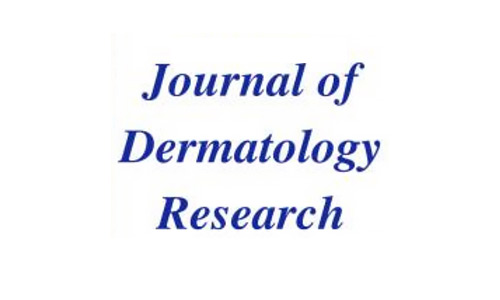
Journal of Dematology Research
- Main Product: HuProt
- Antibodies Against Melanoma Antigens - Clinical and Therapeutical Markers
- Monica Neagu, Carolina Constantin, Elena-Georgiana Dobre, Sabina Andrada Zurac
- Immunology Laboratory, National Institute of Pathology, Romania
Melanoma-Associated Antigens (MAA) are correlated with tumor development, progression and metastatic dissemination. MAA can be targeted in immunotherapy by specific antibodies or by cytotoxic T-cells. MAA are actually self-antigens and, thus, are weak immunogens because they induce various degrees of immune tolerance. Four families of MAA are involved in clinical monitoring and therapy efficacy, such as: melanocyte lineage/differentiation antigens, oncofetal/cancer-testis antigens, GAGE antigens and the extended family of cell-adhesion receptors.
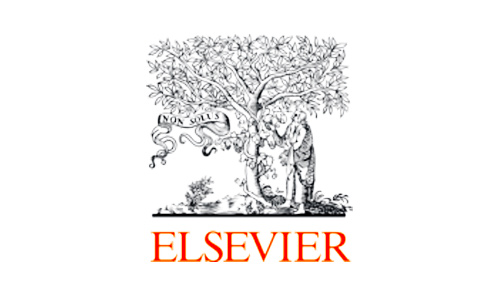
Elsevier - Phytomedicine
- Main Product: HuProt
- Ovatodiolide alleviates renal fibrosis through regulating metabolic reprogramming via targeting glucose-6-phosphate dehydrogenase
- Xiaoyang He, Xiaowen Chen, Wenting Wu, Ruiling Tang, Huiting Wu, Yunyi Liang, Lingyu Shen, Xiaohong Zheng, Zerong Zheng,...
- Dept of Nephrology, Zhujiang Hospital, Southern Medical University
With the global prevalence of hypertension, diabetes, obesity and aging populations, there is also a steady increase in the incidence of chronic kidney diseases (CKD), affecting up to 10–15 % of the global population and posing a significant public health concern. In China, an estimated 130 million adults are affected by CKD (Kalantar-Zadeh et al., 2021; Zhang et al., 2016; Romagnani et al., 2025). CKD is pathologically characterized by renal fibrosis (RF) and will be progressed to end-stage renal disease (ESRD) regardless of its primary etiology. RF is manifested as excessive deposition of extracellular matrix (ECM), glomerulosclerosis, and tubular atrophy, which collectively contribute to the development of ESRD in patients with CKD.
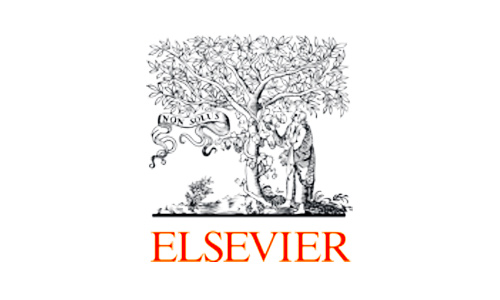
Elsevier - Biochemistry and Biophysics Reports
- Main Product: HuProt
- New breast cancer marker BF-09 is overexpressed in tumor extracts and secreted in serum
- Christine Chavany, Jeffrey Dea, Rafael Hernández González, Rosaura P.C. Valle, Moncef Jendoubi
- Milagen, Inc.
CA 15-3 and CA 27–29 are widely used serum biomarkers for breast cancer with limited utility due to low sensitivity in early-stage disease. This study details the discovery of BF-09, a new breast cancer marker with potential for wider application.
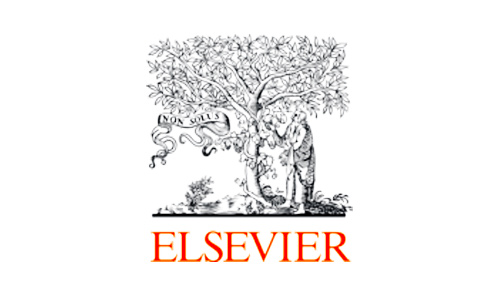
Elsevier - Brain, Behavior, and Immunity
- Main Product: HuProt
- Autoantibody profiling of autism spectrum disorder patients with monoamine oxidase a deficiency
- Guan-Da Syu, Yawei Cheng, Kevin Chen, Chih-Yung Yang, F.X. Reymond Sutandy, Chia-Chien Liu, Chien-Sheng Chen, Jean C. Shih
- Dept of Biotechnology and Bioindustry Sciences, National Cheng Kung University
Monoamine oxidase A (MAO A) is a key enzyme for serotonin metabolism. Knockout MAO A in mice results in elevated serotonin, altered serum autoantibodies, and autistic-like behavior. There is a subset of patients with autism spectrum disorder (ASD) who exhibit hyperserotonemia. The link between the MAO A, hyperserotonemia, immunity, and ASD is still unknown. To address this question, we harness the high-density human proteome microarray to profile the serum autoantibodies in ASD patients with or without MAO A deficiency.
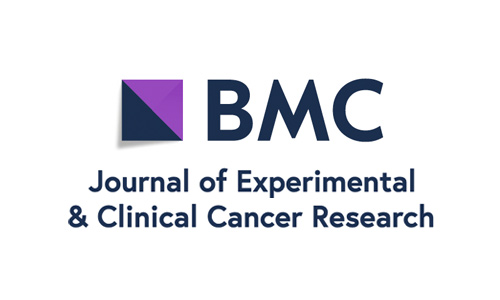
BMC - Journal of Experimental & Clinical Cancer Research
- Main Product: HuProt
- The DCDC2/ENO1 axis promotes tumor progression and immune evasion in intrahepatic cholangiocarcinoma via activating FGL1-LAG3 checkpoint
- Wenze Wan, Yuan Li, Wentao Sun, Zewei Cheng, Fen Ma, Sheng Shen, Houbao Liu & Jiwei Zhang
- Dept of Biliary urgery, Zhongshan Hospital, Fudan University,
ICC is a malignant tumor that originates from the intrahepatic bile ducts with insidious symptoms and a poor prognosis. Early diagnosis methods and therapeutic targets are urgently needed for ICC.

BMC - Respiratory Research
- Main Product: HuProt
- Unraveling the role of HDAC3 as an immunotherapy prognostic biomarker and therapeutic target in advanced non-small cell lung cancer
- Liyuan Dai, Liling Huang, Lin Li, Le Tang, Yuankai Shi & Xiaohong Han
- Dept of Medical Oncology, Peking Union Medical College
This study investigates HDAC3 as a potential immunotherapy biomarker in advanced non-small cell lung cancer (aNSCLC), focusing on its association with treatment response to immune checkpoint inhibitors (ICIs).
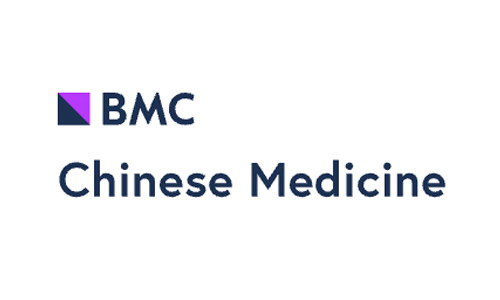
BMC - Chinese Medicine
- Main Product: HuProt
- Erianin facilitates pyroptosis in endometrial cancer via targeting m6A reader YTHDF1
- Wan Shu, Xing Zhou, Rong Zhao, Kejun Dong, Xiaoyu Shen, Guanxiao Chen, Shuangshuang Cheng, Qi Zhang, Ting Zhou, Jiarui...
- Huazhong University of Science and Technology
Endometrial cancer (EC) is a gynecological malignancy that originates from the endometrial epithelium and has a poor prognosis when advanced, recurrent, or metastatic. The limited therapeutic efficacy and severe adverse effects of conventional chemotherapy in advanced EC highlight the urgent need to develop more effective therapeutic drugs. Accumulating clinical evidence has revealed that natural compounds possess pharmacological advantages, including low toxicity and multi-target mechanisms. Erianin is a natural small-molecule compound isolated from Dendrobium chrysotoxum Lindl that has multiple pharmacological effects. However, the effects of erianin on EC have not been confirmed and its anticancer mechanisms remain unclear.